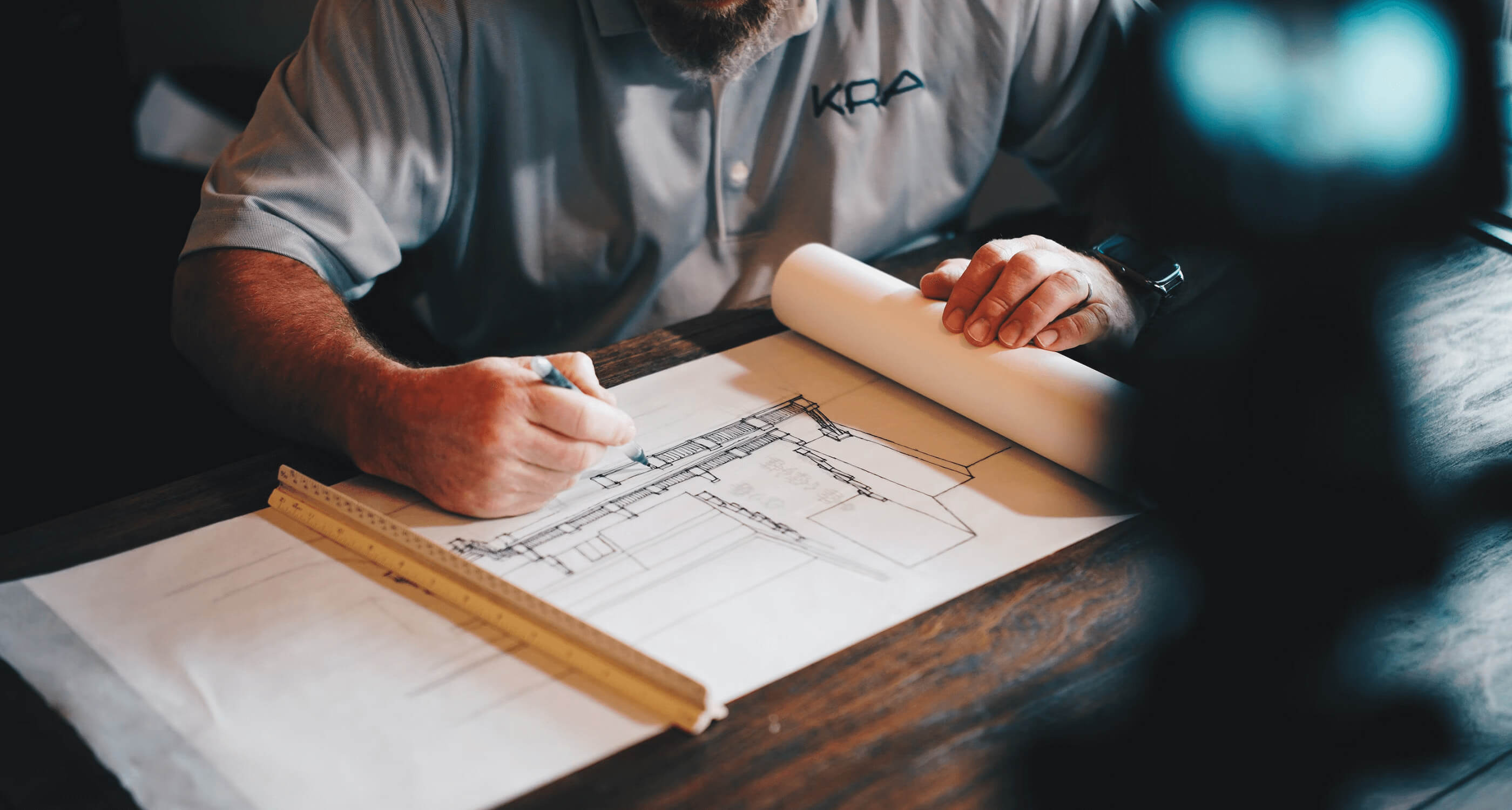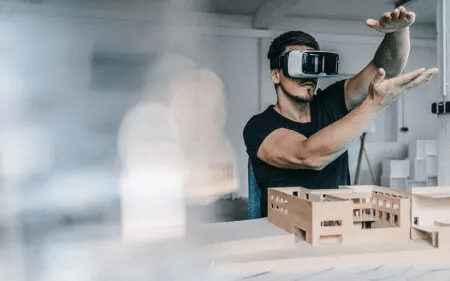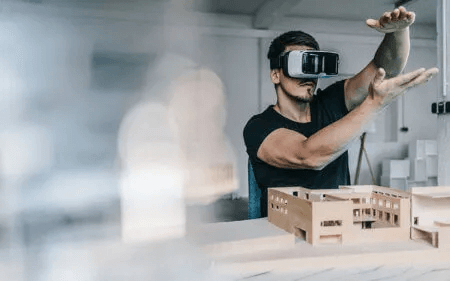Have you ever thought about renovating your home with the help of Virtual Reality?
We all love home renovation shows for a bit of casual daytime TV, and whether it’s A Place In the Sun or Your Home Made Perfect, finding a show where people get to find their perfect house is always a bit of fun.
We like to watch other people make their choices (and occasionally criticise them), or even get a bit of home renovation inspiration for ourselves, but some people will want to actually experience this for themselves.
Unfortunately, getting a spot on Your Home Made Perfect is pretty difficult, but for lots of prospective homeowners/property developers finding a way to apply the principles is helpful for making renovations and seeing what works well and what they don’t like.
When architects meet clients to show them prospective designs, 3D images and VR walkthroughs are often used to help convey the ideas or ‘walk’ them through their new open-plan living, adapted conservatory or whatever else they’re looking to change in the building.
It’s more fun to put on a VR headset to give them a better understanding, and also to make them more excited. Buying and adapting a building can be stressful and expensive, so getting clients to experience what they’re getting can help them see what they stand to benefit by completing the work, and will give them a ‘life-like’ feeling ahead of the building being created.
There’s one group of people in particular who stand to benefit from Virtual Reality being used to show them around prospective homes: the differently abled. If you use a wheelchair or have mobility needs, your house will need some modifications to allow you to move around it independently.
If the architect is able bodied, they may well accidentally overlook something or make incorrect assumptions that a differently abled client can then point out and alter before the process goes any further. This ultimately saves everybody time and prevents the client from wasting money on a home that won’t be suitable for them.
This issue was actually addressed in the Your Home Made Perfect series, where a couple (including a person who used a wheelchair) decided not to have a permanent ramp put into their house. There are many reasons why a person who uses a wheelchair might not want a ramp, including the cost of installation and how steep it would be: ramps are usually much longer than stairs, and can actually exceed the length of the house.
Shorter ramps are possible, but as they’re steeper people who use wheelchairs may find it too difficult to propel the chair up the ramp. Instead, architects should speak with clients and see if small lifts or stairs with additional railings might be a better fit.
The other thing to consider is the cost. In this particular episode of Your Home Made Perfect, the clients had already gone over their budget by around £10,000. Installing a ramp is not easy and it’s not cheap, either. As architects, it’s important to look at ways to make a home accessible for the people who live there but be aware of the budget and how that may restrict things that differently abled people can get.
Of course, in an ideal world differently abled people should be able to have full mobility around their houses without having to think about the debt they may incur, and a challenge for a good residential architect is to reconcile these problems and get creative with their designs to meet the client’s needs.
In fact, ramps aren’t the only thing that differently abled clients might want. Architects should consider accessible design principles and adapt the kitchen, bedroom, bathroom, living room and garden to help make them accessible. Designing places for differently abled people will always be a new challenge, and you won’t be able to use a one-size-fits-all approach because what works for some differently abled clients won’t be appropriate for others.
This is why using VR in architecture and getting clear feedback from clients is so important: what may have worked on a similar project in the past isn’t necessarily going to work again. Using VR gives everyone a better understanding of what is happening, and allows clients to make adaptations before the project goes any further.
Access to this kind of technology is really important. A lot of people will look at the plans for an extension on their home or rebuilding/remodeling/refurbishing and struggle to visualise what it will actually be like to step inside. It’s also useful for architects as having a 3D view of what you’re designing could easily prevent small but annoying mistakes from being made. It seems likely that ‘virtual reality architect’ will soon become a part of many architecture firms, and that using VR will spread through the industry.
As use of VR to show people buildings grows, it’s important to consider that it can be used on buildings that already exist as well as ones that architects might make in the future. For example, estate agents might choose to do this for a number of reasons.
Firstly, if they have differently abled clients who will struggle to go to multiple in-person viewings in a day, this can be a great way to narrow down options so that the client only has to visit properties that will be right for them. There’s also the possibility that it could be used for ‘contact-free’ viewings if people are abroad, or to limit social contact during the Coronavirus pandemic.
Your Home Made Perfect is a groundbreaking property and makeover series, and it does important work to normalise the use of VR for architects and anyone who may want to develop their homes. Showing differently abled people the modifications they’ll need and getting their perspectives is just one great reason to look into using VR, but it’s an extremely important one and should not be understated.
Differently abled people understand their needs better than anyone else, so if you’re working with a client who might require alterations, showing them what you’re doing and then taking their feedback into account is a really good idea.
As the UK’s top architecture directory trusted by millions of people, we have a strict criteria for the architects that we feature in our platform, ensuring that they design for all. This means that they can provide you with guarantees of their ability to deliver the service you require. So if you are on the fence about hiring an architect for your project, take the first step and find a local architect near you.







